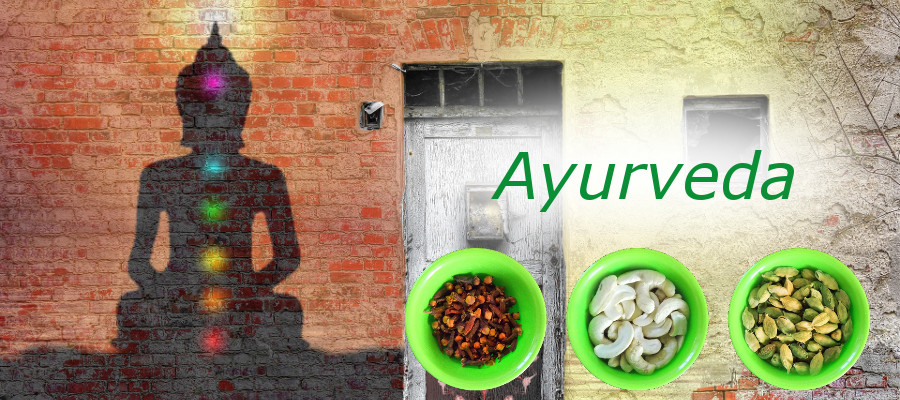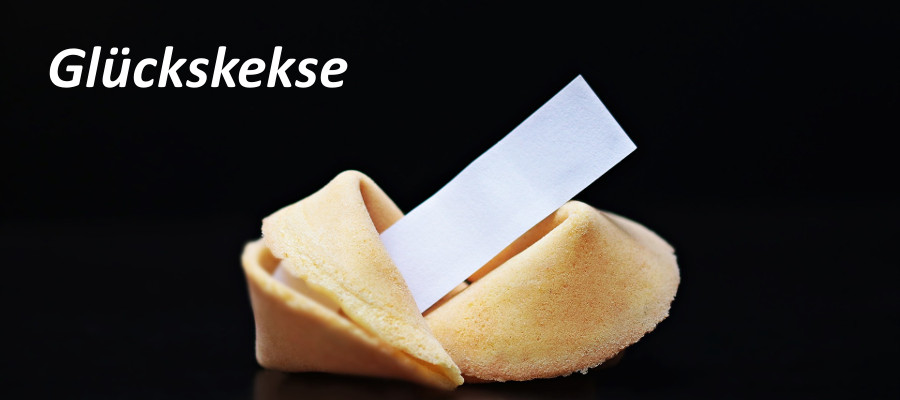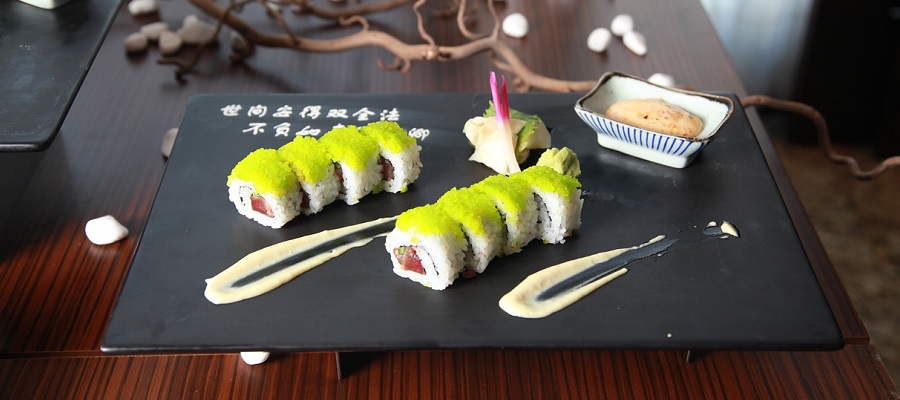Ayurveda has a holistic nutrition system, which increases life energy and well-being thanks to its healthy and fresh kitchen preparation. The dishes are adapted to the metabolism, the constitution and the external living conditions, such as seasons, times of day and phases of life. For this reason, Ayurvedic health teaching includes much more than just the right spice mixture in terms of the preparation of food. Above all, it is about the balance of body, mind and soul. The nutrition method is needed to provide the body with the necessary nutrients to ensure an adequate supply of energy. At the same time, the right balance should be found.
Ayurveda-Types (Vata, Pitta, Kapha)
There are three types of Ayurveda. It depends on what dosha matters to a person. As a result, the food and spices are put together appropriately. At the bottom of the blog are three videos from Annette, where she describes how to deal with the three types of Ayurveda. It is important for the body to make sure that all three doshas are in balance. The normal and healthy functionality of our organs depends on it.
Vata
Vata is responsible for the movements in our body. The nerf system, breathing and even the pulse depend on it. The elements ether and air are assigned to the Vata-Dosa. When the Vata is balanced, we feel happy, energetic, enthusiastic and creative; the mind is calm, clear and alert.
 Pitta
Pitta
Pita is fire among the Doshas. It stands for sharp intellect and emotions. When Pitta is in balance, it gives us energy, eloquence, satisfaction, a strong digestive power, the right body temperature and a clear mind. Pita regulates digestion and body temperature. In principle, it is responsible for all metabolic processes.
Kapha
Kapha gives the body strength and stability. It keeps the hydration in balance and is therefore referred to as the structural principle. The elements earth and water are part of it. A balanced Kapha provides a good immune system, strength, endurance, patience and mental stability.
Influence Dosha
If all three Doshas Vata, Pitta und Kapha are in balance, we feel well and healthy. Our body radiates natural beauty. Our Dosha can be influenced by many factors. As we mentioned at the beginning, various things in our lives such as the time of day, daily routine, daily work, nutrition, seasons, etc. that influence our condition count. We can influence our Dosha with a little initiative:
- We can balance Vata through calmness, regularity and warmth. Warm oil massages are particularly helpful.
- Pitta can be controlled by cooling, soothing and moderation. Avoid spices and alcohol, for example.
- Kapha needs warmth, hot spices as well as movement and stimulation to balance it.
To keep our Doshas permanently in balance, an appropriate diet is indispensable. We will go a little deeper into the details of various spices and show you what effects they have and how they can be used.
Spices from the ayurvedic cuisine
- Turmeric Blog coming soon
- Cumin Blog coming soon
- Coriander Blog coming soon
- Cardamom Blog coming soon
- Cloves Blog coming soon
- Asafoetida / Hing Blog coming soon
- Saffron Blog coming soon
- Chili Blog coming soon
- Ginger Blog coming soon
How do you balance your Dosha with spices?
Vata Too strong Vata can be balanced by spices that are sour, salty or sweet. Particularly effective are therefore: anise, asafoetida, cardamom, cinnamon, cloves, cumin, nutmeg, peppers, saffron, vanilla. Pitta Too strong pitta can be balanced by spices that are sweet, bitter or tart. Cinnamon, coriander, cumin, saffron, turmeric, cardamom are therefore particularly effective. Kapha Too strong kapha can be balanced by spices that are hot or bitter. Particularly effective are therefore: anise, asafoetida, black pepper, cardamom, dried chilli.


